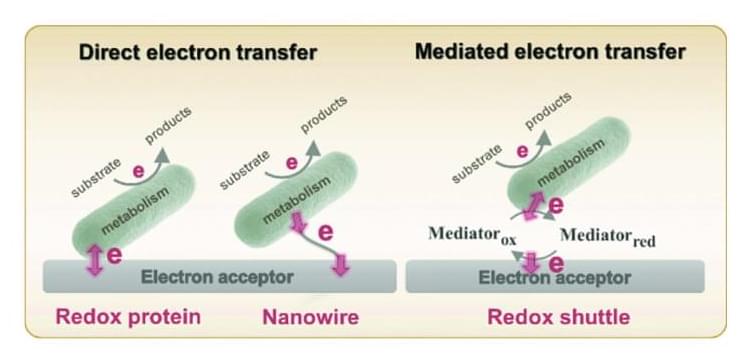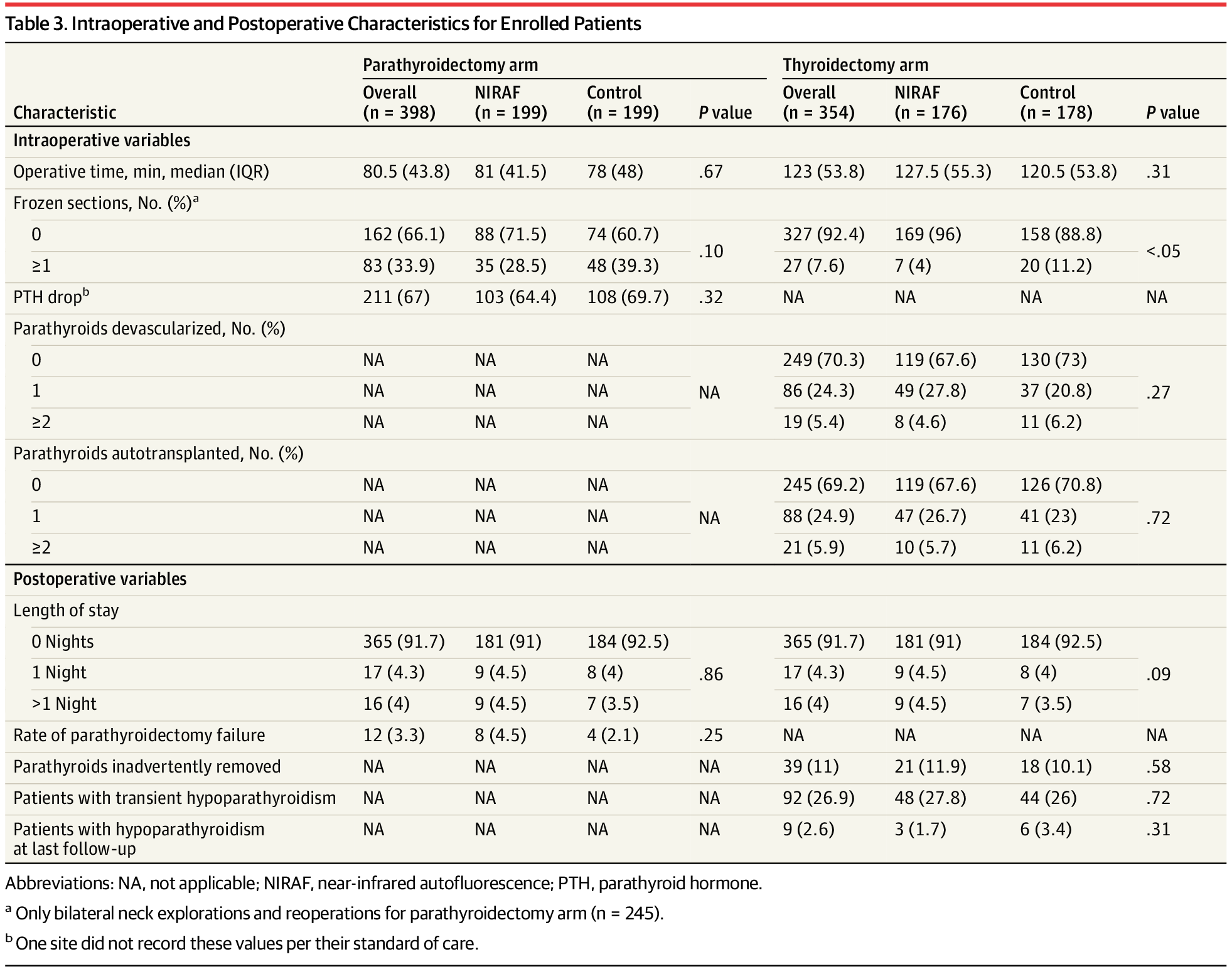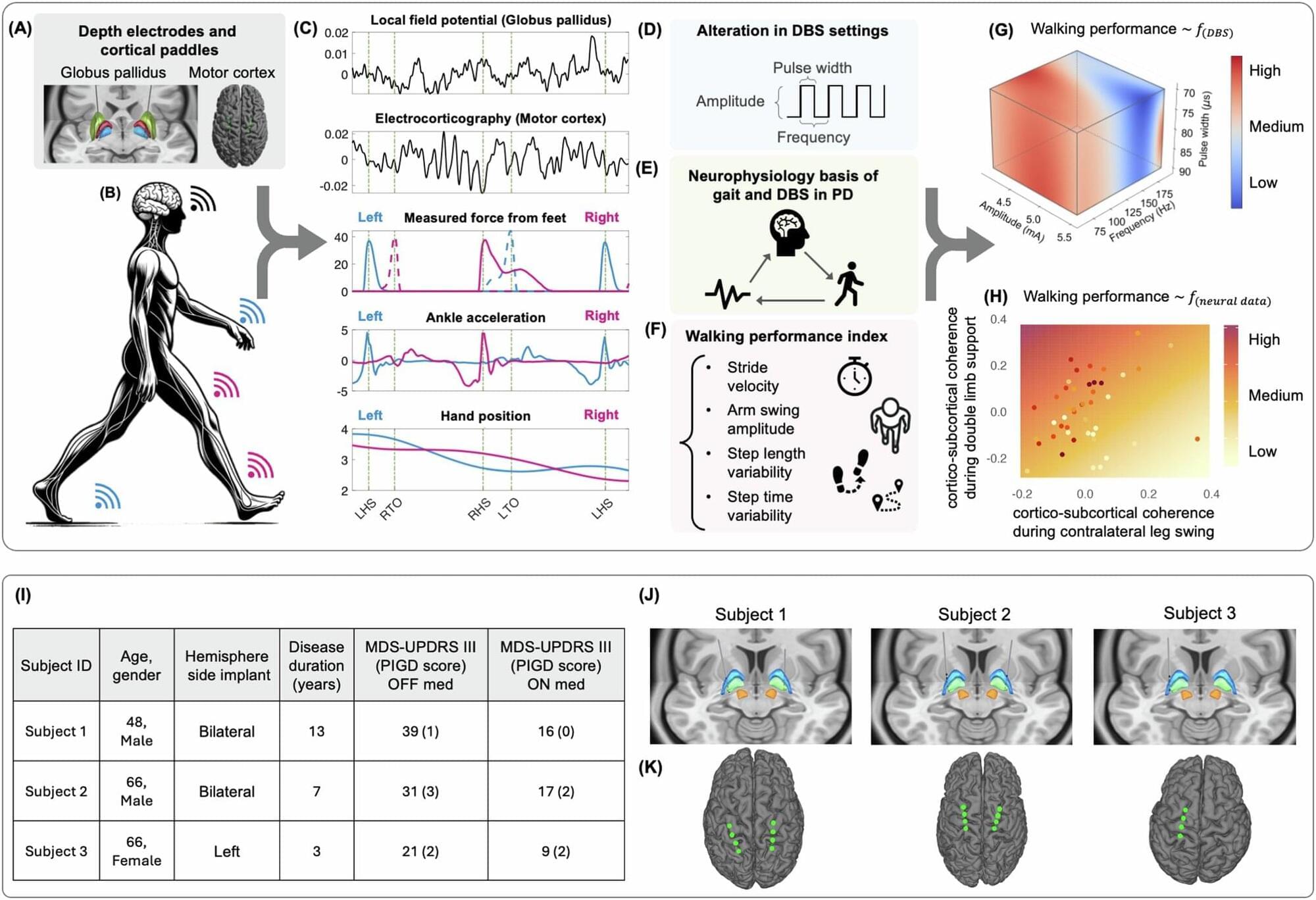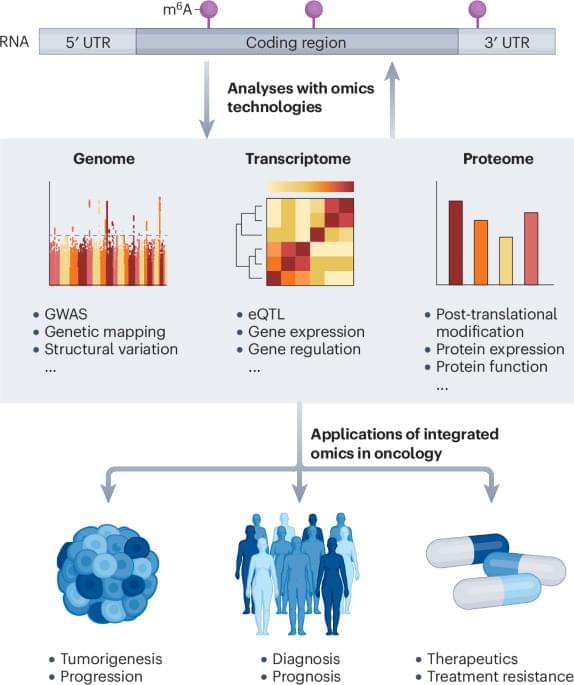What has not yet been tried? These are the questions that Inserm research director Nicolas L’Heureux has asked himself every day for a long time, « like a game ». Which means that from very early on he had the idea of pushing the limits of vascular tissue engineering – a field in which he had begun working when doing his M.Sc. « When performing a cardiac or other type of bypass, preference is given to using the patient’s own vessels that are taken from one place and transplanted into another, more critical, one. An autologous graft continues to remain the best solution, but it is a limited resource. » Diseases such as stroke, hyperlipidemia, and thrombosis, which have the particularity of being systemic – in which they attack all vessels to varying degrees –, as well as aging, weaken our vessels. And the earlier the need for surgery, the greater the likelihood of a second intervention. « A transplanted artery will withstand an average of ten years and a vein six to seven years. » Which just leaves synthetic grafts. https://www.inserm.fr/en/news/nicolas-lheureux-artificial-bl…iological/
See relevant content for m.








